Poetry Analysis Teaching Resources
Explore poetry analysis in your primary school classroom with printable poems, worksheets, graphic organisers and more teaching resources created by primary teachers for primary teachers like you!
Aligned with the Australian curriculum standards, each resource in this collection was created to help students build their skills in learning how to analyse a poem. Each one has undergone a thorough review by a member of our teacher team to ensure it's ready for your lesson plans and your students.
Looking for some tips on teaching kids to explore and interpret various poems? Read on for a primer from our teacher team, including definitions of key vocabulary and some poems perfect for primary school students to analyse.
What Is a Poem? A Kid-Friendly Definition
If your students are just learning about poetry, it can be helpful to start off with a definition that explains what a poem is. Here's one from our teacher team!
A poem is a type of writing that uses words to create pictures and tell stories in a fun and interesting way. Poems are like songs without music because the words have a special rhythm and sometimes even rhyme with each other. Poems have a special structure that makes them different from stories, articles and other types of writing that you learn about.
What Is Poetry Analysis? A Kid-Friendly Definition
Let's start off with a kid-friendly way to explain what it means to analyse a poem that you can share with your students!
Poetry analysis is a process we use to better understand what a poet is trying to convey to the reader of a poem.
It involves process of reading the poem closely, paying attention to its words, sounds and imagery, and thinking critically about how all these elements work together to create a deeper message or evoke certain emotions in the reader.

Teachers' Favourite Poems for Teaching Kids How to Analyse a Poem
Are you looking for some perfect poems for teaching your students to analyse poems? Here are a few of the best poems for teaching everything from studying poem structure to figurative language to theme!
- Hope Is the Thing With Feathers by Emily Dickinson — Dickinson personifies hope in this classic poem, giving it the qualities of a bird with feathers. Your students can analyse how the personification creates a vivid and relatable image. They can also explore the use of metaphor and symbolism, as Dickinson compares hope to a bird that sings in the face of adversity
- The Road Not Taken by Robert Frost — This classic poem is a teacher-favourite for teaching poetry analysis that allows students to consider choices and consequences. The Frost classic features the use of metaphor, as the road represents life's choices. You can also use this poem to examine the rhyme scheme (ABAAB) and the rhythm (iambic tetrameter).
- Where I Am From by George Ella Lyon — This poem from the co-creator of the I Am Project is full of sensory language as it details the poet's various life experiences.
- Annabel Lee by Edgar Allan Poe — This popular poem by celebrated poet Poe explores themes of love and loss and makes use of both alliteration — as seen in lines like "But we loved with a love that was more than love" — and repetition.
- Trees by Joyce Kilmer — Kilmer's popular poem is a simple and accessible poetry example that's prime for younger students. Kilmer attributes human qualities to trees, showcasing personification, while it also offers students a chance to consider the theme of nature. Looking at rhyme scheme and rhythm? Trees uses the AABBA rhyme scheme, which contributes to the poem's sing-song quality.
- The Song of Hiawatha by Henry Wadsworth Longfellow — This epic poem is book-length, so you'll want to stick to single sections for analysis, but it's packed with repetition ("By the shores of Gitche Gumee."), alliteration and imagery, and students can identify the poem's trochaic tetrameter rhythm.
- The Spider and the Fly by Mary Howitt — "Step into my parlor," begins this classic poem about a spider luring a fly into its web. Challenge your students to identify the AABB pattern and the use of personification.
- Plus Plan
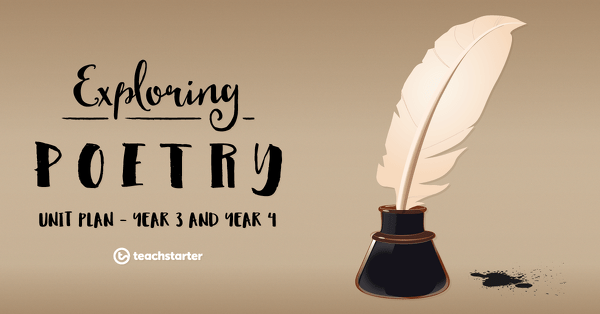
Exploring Poetry - Year 3 and Year 4 Unit Plan
This English unit addresses common poetic devices such as sound play, word play and imagery and explores how these may be applied to narrative poetry.
- Plus Plan
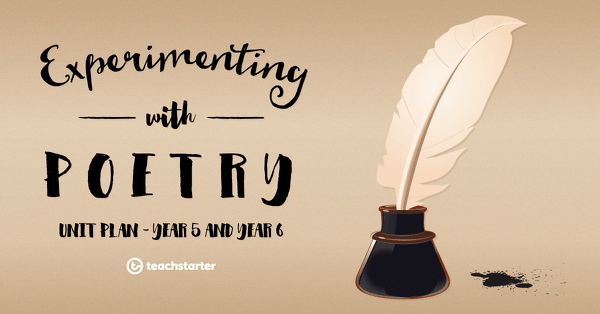
Forms of Poetry
A 60 minute lesson in which students will explore some well-known and commonly used forms of fixed verse.
- Plus Plan
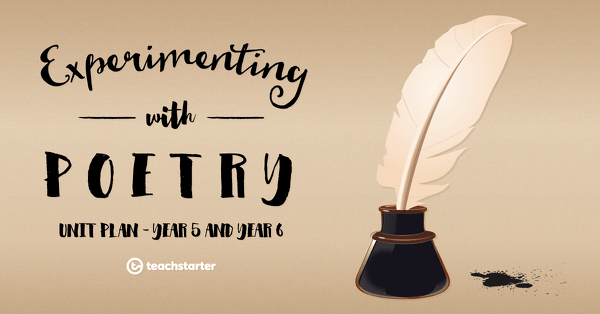
Sound Devices
A 60 minute lesson in which students will identify and investigate sound devices in poetry.
- Plus Plan
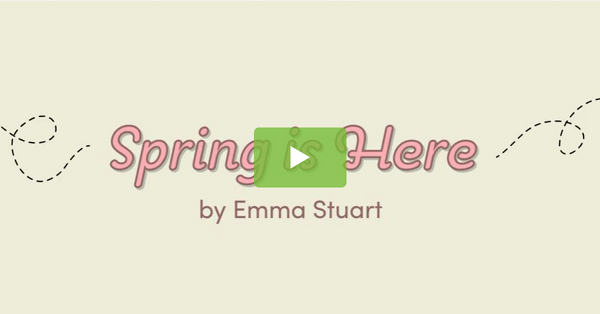
Spring Is Here – Animated Poem Video
Use this spring poem with your students to welcome in the season of springtime.
- Plus Plan
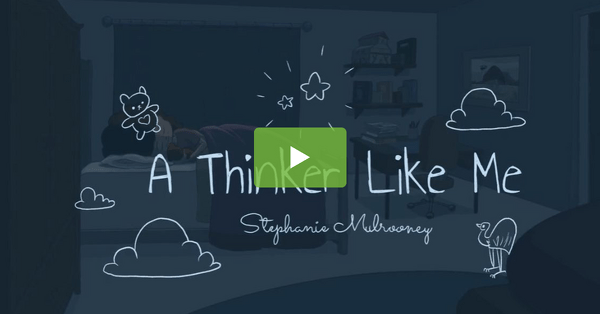
A Thinker Like Me – Animated Poem Video
Use this short animated poem video with your students to explore and appreciate the poem, 'A Thinker Like Me' by Stephanie Mulrooney.